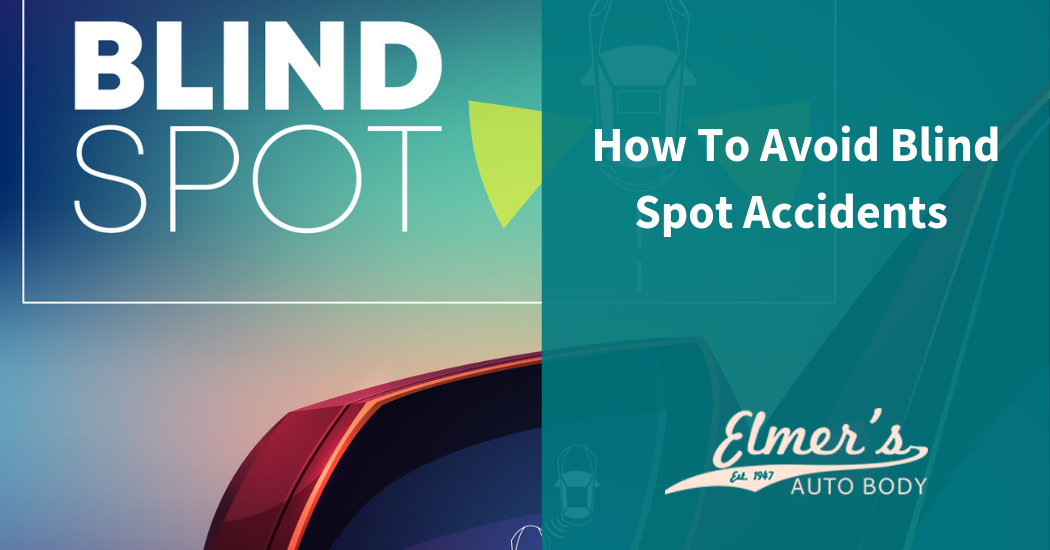When driving day to day, we all see our fair share of accidents. Depending on how busy the area is, and how populous, these of course increase. Sometimes, it’s weather-related. There are a lot of accidents in wintery weather for example, but often, you see a lot of these in fair weather.
Mistakes can be made, and negligence can get the best of even the most careful person over enough time. Surely, though, this can’t account for how many accidents we see throughout a month or year, could can it? Well, in the most direct sense, no, but in a broader sense, yes. Negligence in the way of preventing blind spot issues is one of the biggest contribution to the number of accidents that tend to happen. A lot of these are the less fatal accidents, though serious accidents can indeed occur as well.
Today, we’re going to take the power out of blind spots by properly understanding them, and learning how to mostly overcome them.
Special Mention: New Technologies
Before we get into what causes blind spots and how to prevent them in more conventional ways, new technologies do merit a mention for their inevitable elimination of this issue altogether in the not-so-distant future.
We live in an age where cameras being integrated into dash displays make for far safer backing up, parallel parking and other risky maneuvers. This technology is already aiding in blind spot prevention in some makes and models of vehicle, and will almost certainly become a standard by the end of the next decade.
For now, though, we need to understand how to prevent this problem the old fashioned way, because a lot of accidents could happen before this tech becomes a prerequisite!
How Blind Spots Work
So, what exactly causes blind spots? The problem is that there exist directions where a driver just can’t entirely see. Without the technology mentioned above, or the car somehow being completely transparent material, there will be areas in the rear to your left and right you will not be able to see properly.
The problem is that you may not be able to see vehicles pulling out, merging into traffic, or occupying adjacent lanes you want to cross over into. This results in side swiping, vehicles cutting one another off and being rear-ended, and a slew of other unpleasant events where drivers think they’re entering a wide open space that … isn’t so wide nor open.
Reducing Blind Spots
Believe it or not, reducing blind spots isn’t that hard to do, and just involves some proper mirror alignment, and some attentive driving practices (ones we were taught, but abandoned in complacency).
First, your mirrors. Your side mirrors should frame the rear side window of your vehicle in the corner, which will give you more of an external view. Your rear view mirror should perfectly center the rear back window of your car which, combined with the newly-aligned side mirror views, will give you a significantly-improved sense of the space to the side and behind you. You will still have a little bit of questionable space, and judging just how close adjacent lane traffic really is, can still be a little tricky, however.
When driving, you will want to inspect the lane through your window if possible, before pulling over into it. If the weather permits leaning a bit out of the window (albeit not ridiculously so) to get a fleeting but unfettered view of the lane, do so. Do not rely solely on your rear view or side mirrors if possible. It’s also best to give some time after turning your signal on, to be sure anyone aware they’re in the way passes you or slows down to become visible from behind, and invite you into the lane in front of them. Impatience is a killer on the road.
Blind Spot Accidents
So, what kind of accidents are you at risk of, if you don’t take the appropriate measures? Here are just a few of the nastier ones:
- Neck and back injuries.
- Glass-related injuries.
- Ejections.
- Whiplash and wrist injuries.
- Seatbelt-induced injuries.
- Concussions.
Depending on what happens in an accident, of course, things can go from bad to worse, involving running off the road, more vehicles in a pile up, the sky is the limit. Don’t take the risk – adjust your mirrors and change lanes with proper care! To learn more safe driving practices like these, fill out our contact form today!

